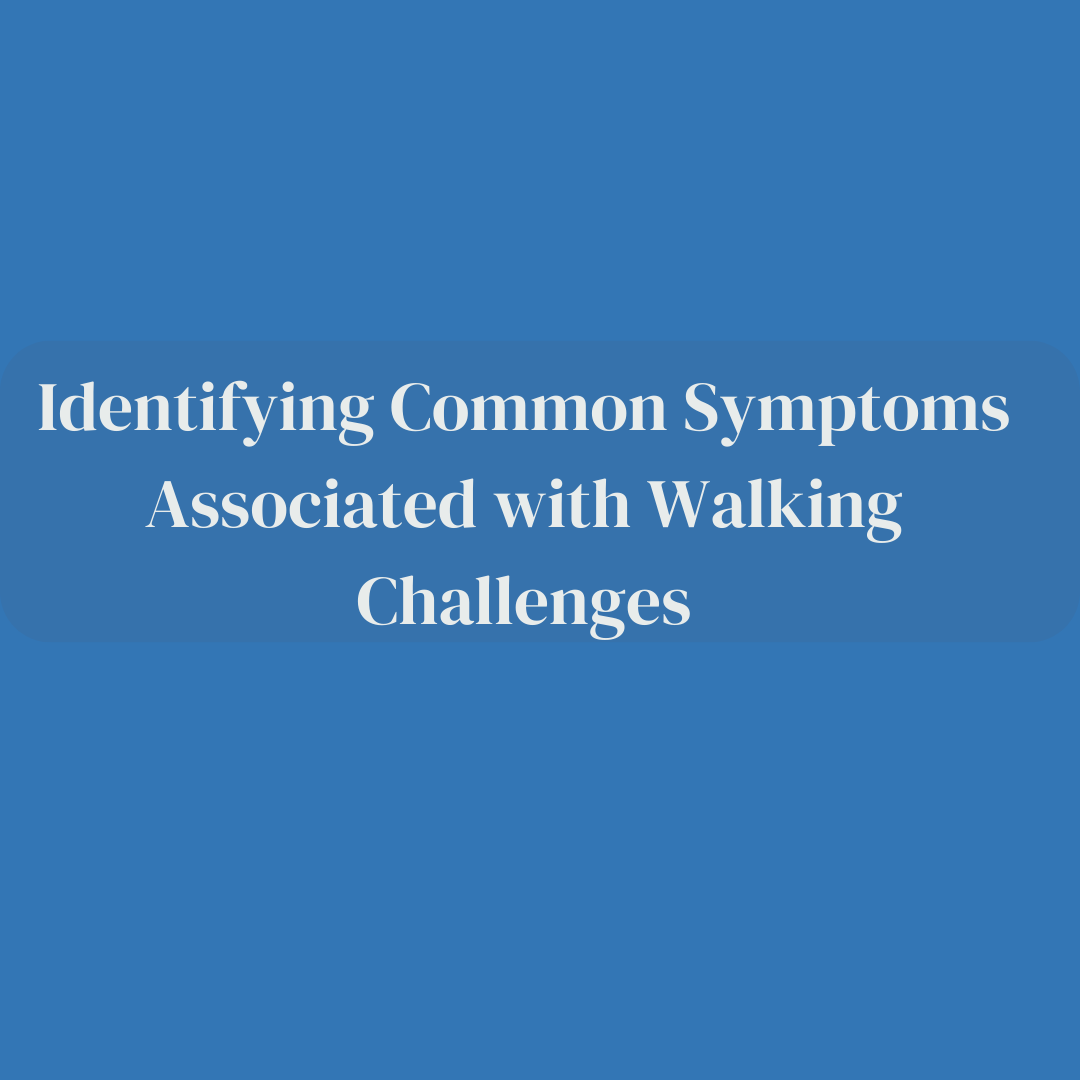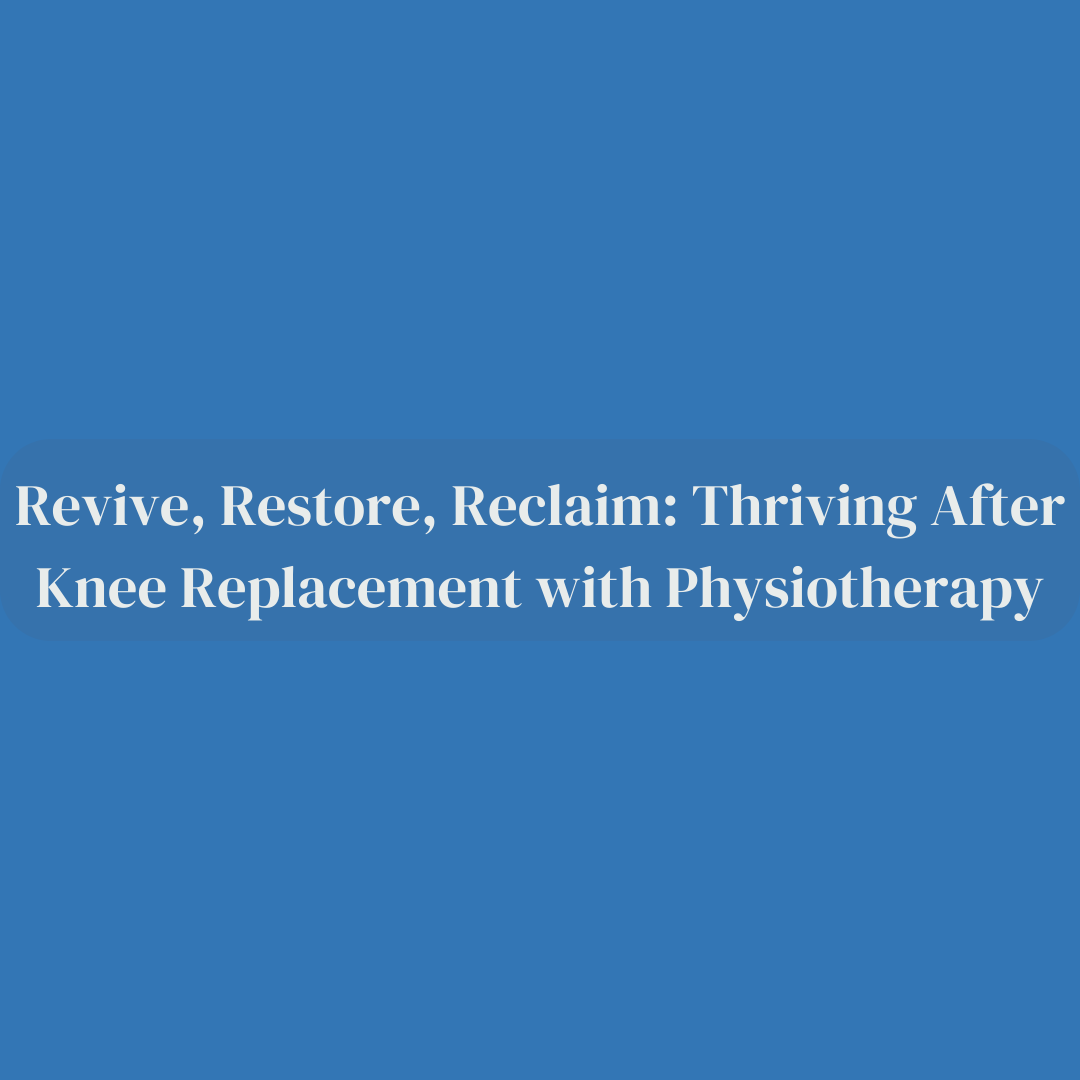Introduction
Walking problems can significantly hinder daily life and independence, impacting individuals’ overall well-being. Delving into the complexities of these issues, including their various causes, prevalent symptoms, and the diagnostic procedures used for identification, is crucial in devising effective strategies for management and treatment. This comprehensive guide aims to provide an in-depth exploration of walking problems, shedding light on their multifaceted nature and the diverse approaches to addressing them.
Unraveling the Complexity of Walking Problems
Understanding the intricate relationship between physical, neurological, and musculoskeletal factors that contribute to walking problems is paramount. By acknowledging the interconnected nature of these components, individuals can develop a comprehensive understanding of the challenges associated with impaired mobility and gait.
Identifying Common Causes of Walking Problems
- Musculoskeletal Conditions and Injuries: Examining the influence of conditions such as osteoarthritis or fractures on mobility underscores the importance of addressing structural issues to improve gait and overall walking ability.
- Neurological Disorders and Their Impact: Recognizing the role of neurological conditions, including Parkinson’s disease and spinal cord injuries, in affecting nerve function and muscle control emphasizes the need for comprehensive neurological assessments to identify and manage walking problems effectively.
- Age-Related Changes and Mobility Issues: Understanding the impact of aging on muscle strength, joint flexibility, and balance underscores the necessity of implementing tailored interventions that prioritize maintaining and enhancing mobility in older individuals.
Evaluating Symptoms Associated with Walking Problems
- Gait Abnormalities and Altered Walking Patterns: Analyzing various gait abnormalities, such as staggering or dragging of the feet, highlights their significance as potential indicators of underlying musculoskeletal or neurological issues affecting mobility.
- Muscle Weakness and Reduced Coordination: Recognizing the implications of muscle weakness and coordination difficulties underscores the importance of targeted interventions aimed at improving muscle strength and promoting better coordination for enhanced mobility.
- Balance Instability and Risk of Falls: Addressing the challenges posed by balance instability and the increased risk of falls underscores the critical need for implementing preventive measures and balance-enhancing exercises to reduce the likelihood of accidents and injuries.
Diagnostic Approaches for Walking Problems
- Comprehensive Physical Examinations: Utilizing thorough physical examinations to assess gait, muscle strength, and joint flexibility plays a pivotal role in the initial diagnostic process, providing essential insights into the nature and severity of walking problems.
- Neurological Assessments and Testing: Conducting comprehensive neurological assessments and specialized testing, such as electromyography or nerve conduction studies, facilitates the identification of potential neurological factors contributing to walking difficulties, enabling tailored treatment plans for improved outcomes.
- Orthopedic Evaluations and Imaging Studies: Integrating orthopedic evaluations and imaging studies, including X-rays and CT scans, assists in identifying structural abnormalities and musculoskeletal issues that may be impacting mobility, guiding appropriate treatment interventions and rehabilitation strategies.
Developing a Comprehensive Management Plan for Walking Problems
- Tailored Rehabilitation and Physical Therapy: Incorporating tailored rehabilitation programs and specialized physical therapy interventions, including muscle strengthening exercises and balance training, forms a cornerstone of effective management, promoting improved mobility and functional independence.
- Adaptive Assistive Devices and Mobility Aids: Recommending and integrating adaptive assistive devices, such as canes, crutches, or orthotic braces, into daily routines fosters greater stability and support for individuals experiencing walking problems, enhancing their confidence and independence.
- Collaborative Medical Care and Holistic Support: Encouraging collaborative medical care involving various specialists, including physical therapists, neurologists, and orthopedic surgeons, along with holistic support from caregivers and family members, ensures a comprehensive and integrated approach to managing walking problems, addressing both the physical and emotional well-being of individuals.
Conclusion: Empowering Mobility and Quality of Life
By understanding the multifaceted nature of walking problems, recognizing their potential causes and symptoms, and embracing comprehensive diagnostic and management strategies, individuals can actively participate in their journey toward enhanced mobility and improved overall well-being. Empowered by knowledge and supported by tailored interventions, individuals experiencing walking difficulties can aspire to achieve optimal functional independence and an improved quality of life, with a focus on maximizing mobility and promoting long-term wellness.
Banaswadi | HBR layout | Kalyan Nagar | Kammanahalli | Horamavu | Hennur



